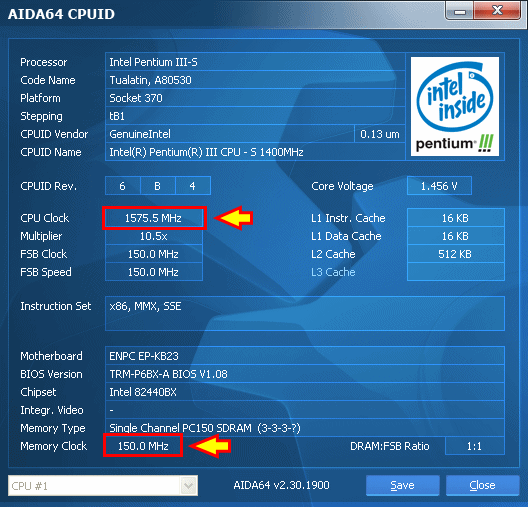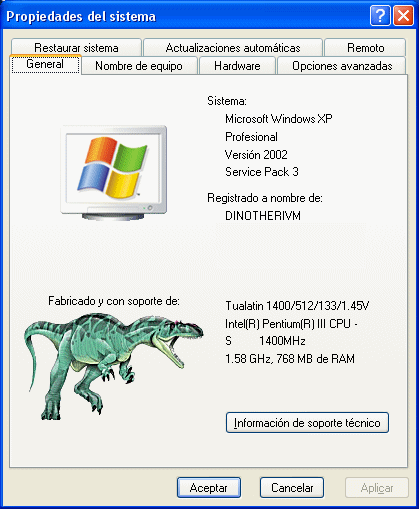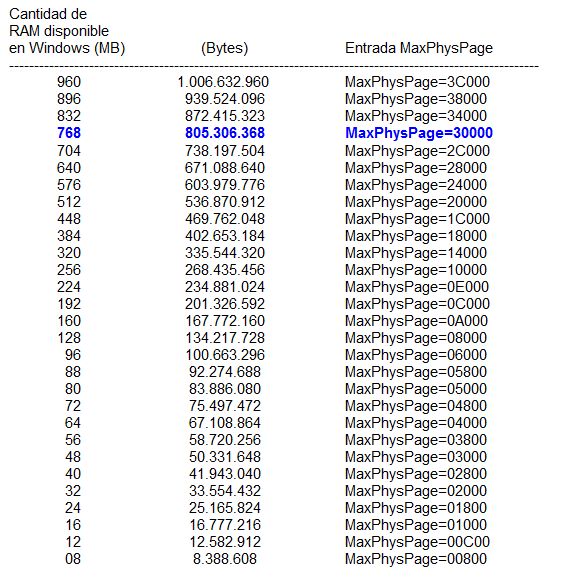First post, by thegardentool
I ran across this forum the other day while thinking about putting together a retro system for older games. I've been trying to do research, and think I already know the answer to my question, that 440BX would probably be the best chipset for compatibility with Windows 98 era and late DOS games? As appealing as the later i815EP sounds it seems to lack an ISA slot for getting perfect audio on some DOS games.
Most the games I'm interested in playiing are from the mid 90s to early 2000s and include a mix of Windows and some DOS titles, but I'm pretty sure many of them will work straight from Windows 98. Some of them would include the early Blizzard titles, Rainbow Six titles, the early Command & Conqurer series, the early Elder Scroll games, and of course others.
I know I could try to emulate these through DOSBox but I'd prefer not to do it that way.
The only part I do have right now is a Dell P1130 21" CRT to use instead of dealing with horrible scaling on an LCD.


